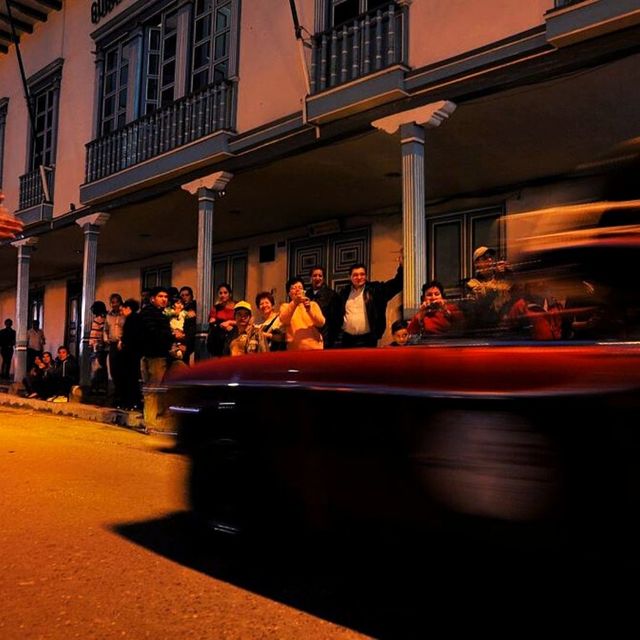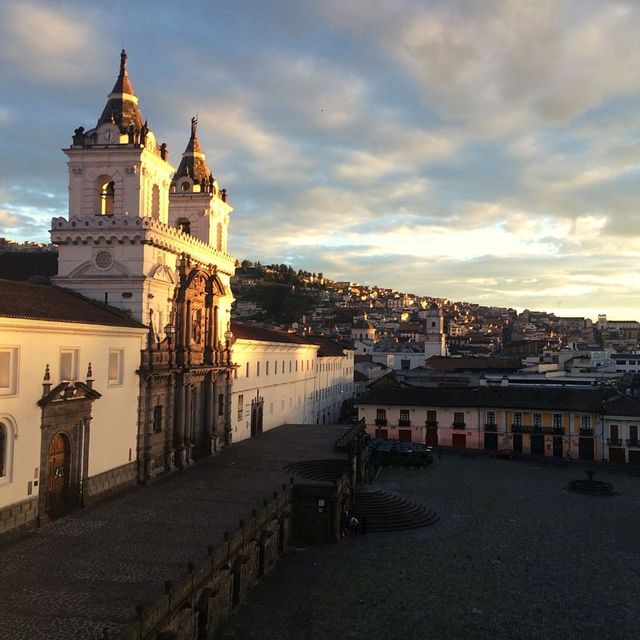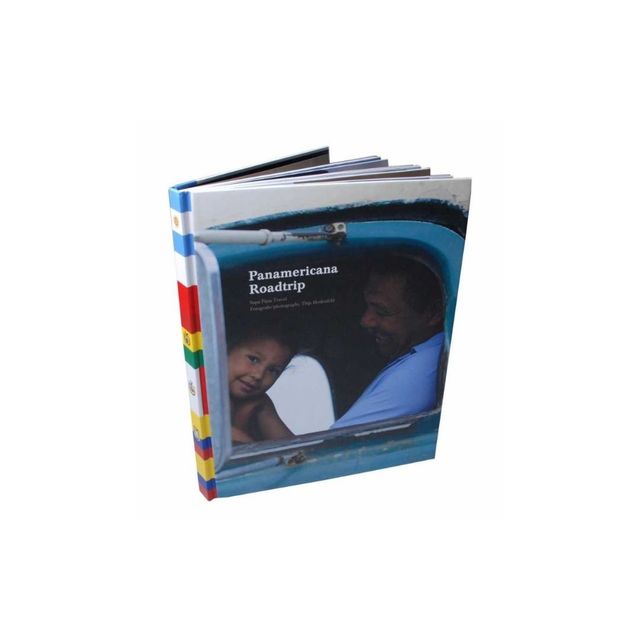Panamericana roadtrip memories 9
The Panamericana road trip started in December 2011. A car trip through South America with 83 classic Volvo's. In 35 days and 16,000 kilometres, these Volvo enthusiasts drove from Buenos Aires in Argentina, via the south to Cartagena de Indias in Colombia. On our blog we will share memories of this memorable journey in the near future.

Day 33: Loja - Cuenca
It’s incredible; this place is a feast for my depraved senses. The last hours before Ecuador the landscape was already turning greener and we were going uphill quite a bit. The shades of green that appeared before me were overwhelming. We saw some very strange trees with a bottle-like, bright green trunk. We drove over high mountain passes with mouth-watering panoramic views. And those houses! They were real houses, in colours that would give Dutch building inspectors diarrhoea. The best comparison I can make is one of cupcakes, complete with little turrets, balconies and verandas.
Everyone wears hats. The women often wear velveteen skirts that have busy embroidery on them. They carry their children in cloths on their back. I couldn’t stop looking at those full clotheslines; we hadn’t seen those in weeks either. We climbed quite a bit and ended up in the middle of the clouds, this was wonderful too. Yesterday we were festively received in Loja. Along the route into the city there were people pointing the way with flags. We drove through a magnificently painted city gate that reminded me of Sissy. Along the streets we saw people laughing, waving and putting up their thumbs. But I could hardly believe what happened on the central square. Hundreds of people clapping for us. I snivelled with emotion a little. It was hard to park because everyone was taking pictures. When we had finally parked, Jennie said we should open the bonnet. They almost climbed in. The car had disappeared.

Day 35: Quito
A statue of baby Jesus high up in the church is lit by the sun at 21 June. Symbolical: the Inca god giving light to baby Jesus. When the Spanish had overpowered the Inca king, the Incas tried to save his life by giving the Spanish a lot of gold. This wasn’t enough for the Spanish; they also wanted to convert the man. The king however thought his own god, the sun, was much more important than a fictional god whom you couldn’t see, and so he was killed despite all the gold. The commander-in-chief of Quito also wanted to buy out the king with gold but he found out that there was no point just in time. Instead, the commander-in-chief supposedly took all the gold into the Amazonian area. What has happened to all the gold, no one knows, and this is the Eldorado that people have been looking for all this time.

Day 36: Quito - Pasto (Colombia)
Today the journey goes from Quito in Ecuador to Pasto in Colombia. Only 360 kilometres. Easy, or so we thought. Colombia is the last country we’re visiting. In this area the climate is moist. This is because the warm El Nino gulfstream collides with the cold Humbolt stream near Ecuador. This sends a lot of moisture onto the land. We left with mist, so we couldn’t see much from the volcanoes. The volcanoes in this area are not typically cone-shaped. This is because of the way they erupt. Thankfully the weather soon got better so we could catch glimpses of the snow capped tops of the Cayambe and Imbaburra volcanoes in-between the fragile white clouds. Just a little later we passed a parking lot where a lot of Volvo's had parked and we realised that we had just crossed the equator. This is marked occasion, so we turned around and joined the other Volvo's. We crossed the equator on foot for a dollar. An exact orientation has been done with GPS and a monument has been erected on the equator. The Quito Indians are said to have recorded this site very precisely over 2000 years ago.

Book Panamericana roadtrip
As a reminder of this memorable journey, the book 'Panamericana Roadtrip' has been published. The story is told with the stunning photographs from travel photographer Thijs Heslenfeld, supported by a selection of some of the many stories written by the heroes of this journey. For everyone that did not participate in this journey, it is a wonderful book to dream away with. The proceeds of this book go to the special projects of the HoPe Foundation. This organisation - founded by Walter Meekes - is involved in developing education in the remote mountain villages around the Peruvian city of Cuzco.


More about LatinAmeriCar
Would you like to join us on one of these exclusive car trips? Then take a look at our page of LatinAmeriCar. Do you have questions about a unique and round trip in Latin America, would you like a tailor-made travel proposal or would you like to make an appointment at our office? Feel free to contact us. Send an e-mail to info@sapapanatravel.nl or call us on +31 73 610 62 04.